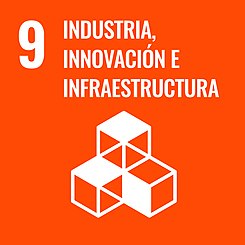Technological watch
New biocomposite spike secures robot mower perimeter wires securely and sustainably - Bio-based News -
Grimsholm Green, a leader in robot mower accessories, has collaborated with Trifilon, an innovative Swedish developer of sustainable biocomposites on the development of its latest robot mower accessory.
Grimsholm Green is a Swedish high-quality brand for gardening products and accessories. The company has developed the first completely biodegradable solution for fastening down the perimeter wires that keep robot mowers within bounds.
Usually, when installing the wire, plastic spikes are used to fasten it to the ground. Buried underground, the likelihood of these ever being collected for recycling is minimal. It was this problem that Grimsholm sought to address and it turned to Trifilon to do so.
The new Grimsholm bio-spike is made from Trifilon Switch, a thermoplastic biocomposite made from renewable, non-GMO plant-based feedstocks and incorporating CO2 sequestering hemp fibres sourced from eco-friendly EU farms. Tough and strong, but still with a bio-look and feel, the bio-spike is designed to fully decompose.
For Grimsholm, this project was also an opportunity to move production back to Sweden and lower its logistics’ CO2 footprint. A tight collaboration between its sustainable bioplastic supplier, Trifilon, and its local manufacturing partner meant that the bio-spike was completely locally sourced close to its EU distribution hub.
“This is one of the best examples we have seen so far when it comes to application suitability for our revolutionary Switch material. We know that it won’t be possible for a landscaper or home gardener to collect the spikes once they’ve been installed underground,” says Jeremiah Dutton, Head of Sales at Trifilon AB. “This makes a compostable spike the only reasonable alternative for a sustainable garden. It´s a perfect match between application and material.”
Source: Bioplastics MAGAZINE, 2020-09-08.







